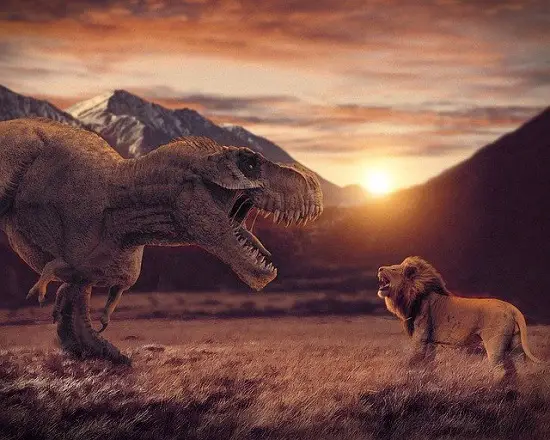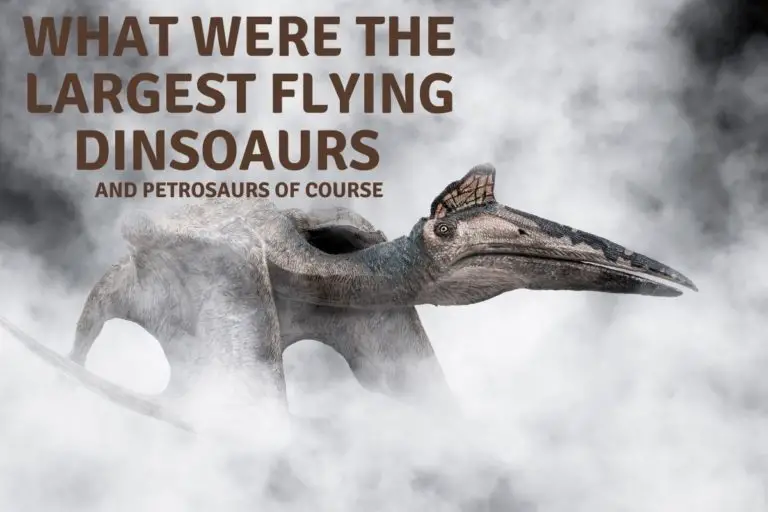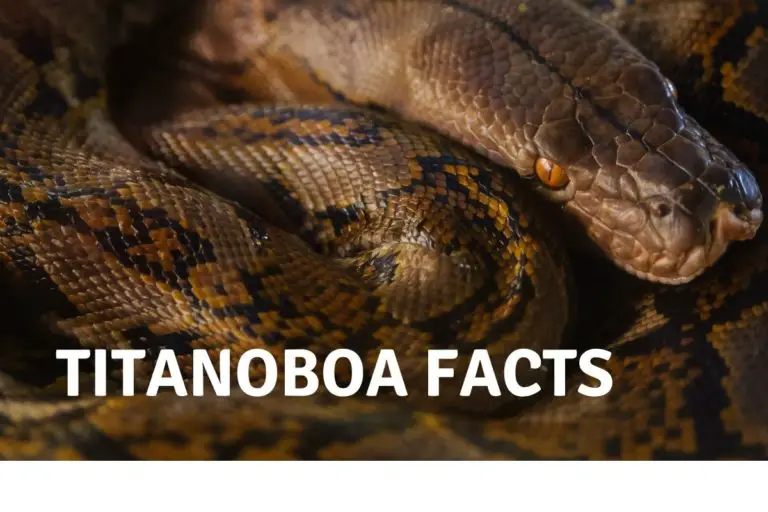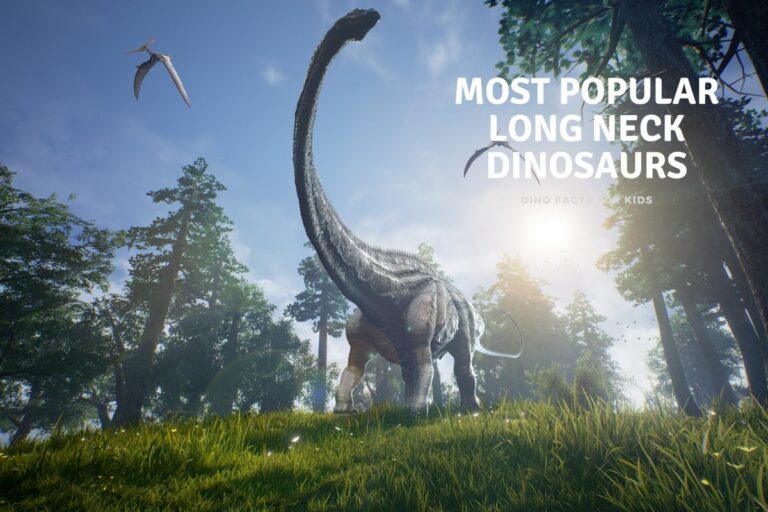What is the Lystrosaurus?
Often known as the “Triassic Survivor” and certainly a candidate for the toughest of the prehistoric animals the Lystrosaurus is often over looked for its later, and much larger, descendants the dinosaurs. We will take a look at what the Lystrosaurus actually was and why it should hold a larger place in history than perhaps it currently does.
Lystrosaurus was an herbivorous synapsid, the largest vertebrates, from the Triassic period. Notable for surviving the massive End-Permian extinction, it lived in areas now called Africa, Asia, and Antarctica. Its fossils provide crucial insights into prehistoric life and environmental changes.
We will take a look into the world of Lystrosaurus, exploring its taxonomy, physical characteristics, habitat, behavior, and broader significance in understanding Earth’s prehistoric life as well as how the Lystrosaurus features in modern culture, as despite it being often overlooked it has in more recent years made appearances in some of the more popular dinosaur media.

What was the Lystrosaurus?
Lystrosaurus was the most successful of the herbivorous synapsids that lived during the Late Permian and Early Triassic periods, (299 to 251 million years ago) . It is a subject of huge interest in paleontological research.
As we mentioned above it is often referred to as a “Triassic survivor,” it managed to live through the catastrophic End-Permian mass extinction, the most devastating extinction event in Earth’s history.
With its barrel-shaped body, sprawled way of walking, and unique facial features, including a beak-like snout, Lystrosaurus provides important, and comical, insights into vertebrate survival and adaptation during extinction events.
Its widespread fossil record across different continents – it has been found all over the world – has also made it an invaluable index fossil – a fossil that is useful to date the rocks and areas it is found in.
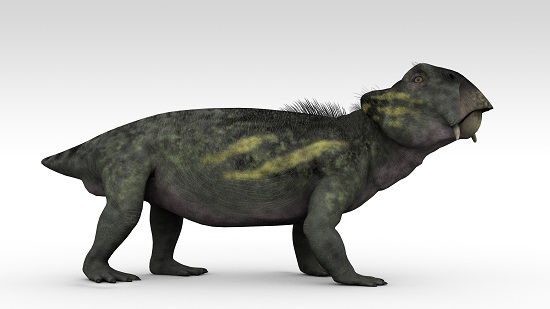
What did Lystrosaurus Look Like?
Lystrosaurus had a barrel-shaped body, designed for a low, sprawling walk, with strong, short limbs. One of its most distinct features is its beak-like snout and mouth, useful for scraping off vegetation.
The skeleton of Lystrosaurus, especially the strong vertebral ( back bone) column and limb bones, gives clues about its terrestrial lifestyle and abilities to adapt to challenging environments.
To our eyes it looked like a cross between a pug dog and a parrot with neither the hair or the feathers of either.
Dino Facts for Kids
The senses of the Lystrosaurus remain pretty much in the realms of speculation, (it did live 251 million years ago after all!) but studies on the closest living relatives of synapsids might offer some clues.
Unique adaptations, possibly in its digestive or respiratory system allowing to eat pretty much anything and breath, what other animals would find toxic, air, likely helped its chances during the Earth’s most catastrophic extinction event.
How big was a Lystrosaurus.
Lystrosaurus was a medium-sized prehistoric animal. Adult Lystrosaurus were likely to measure about 2 to 2.5 meters (6.5 to 8.2 feet) in length.
Weight estimates, unsurprisingly, vary, but a mature Lystrosaurus might have weighed between 150 to 200 kilograms (330 to 440 lbs). This herbivore had a sturdy build, with a barrel-shaped body and short, stout limbs.
Its size could be compared to that of a modern-day pig or small cow, making it one of the larger terrestrial vertebrates of its time.
Taxonomy and Classification
Lystrosaurus belongs to the group Synapsida, which includes mammals and their closest fossil relatives. Specifically classified within the family Lystrosauridae,
Comparing its anatomy with closely related species such as Dicynodon helps researchers identify the evolutionary paths that led to the Lystrosaurus and its multiple species.

Where Did Lystrosaurus live?
Lystrosaurus was a terrestrial animal that thrived in what are now parts of Africa, Asia, and Antarctica. This widespread distribution suggests to us a wide range of environments, from arid landscapes to riverbanks.
The fact that it lived across multiple continents, it’s clear that Lystrosaurus was highly adaptable, capable of surviving in a variety of environments.
The climate during the Triassic period was characterized by many extremes and fluctuations, and these all likely played a significant role in shaping the lifestyle and adaptions of the Lystrosaurus.
How Did the Lystrosaurus Behave?
Much of what we know about the daily life of Lystrosaurus is guesswork, albeit educated guesswork. These come from its physical features and the environments in which it lived.
Its barrel-shaped body and beak-like snout suggest it was primarily herbivorous, likely grazing close to the ground. While specific details about its reproductive habits and social structure are not yet confirmed, it’s reasonable to assume, based on its closest living relatives, that it might have lived in small groups.
No definitive evidence exists regarding its circadian rhythms or activity patterns, but its anatomy suggests a land based, possibly diurnal (active during the day) lifestyle.
Given the survival of Lystrosaurus through the End-Permian mass extinction, its behavior and lifestyle will have played a role in its survival.
What was the Permian Mass Extinction.
The End-Permian mass extinction, often referred to as the “Great Dying,” occurred approximately 252 million years ago and is the most severe extinction event in Earth’s history. Nearly 90-95% of marine species and 70-80% of terrestrial species didn’t survive
The are multiple causes of the extinction event, with evidence suggesting a combination of factors such as massive volcanic eruptions in the Siberian Traps, which led to the release of vast amounts of greenhouse gases. This, in turn, caused rapid global warming, ocean acidification, and decreased oxygen levels in the seas.
There’s also evidence of a possible asteroid impact. The aftermath of this event reshaped Earth’s biosphere dramatically.
Ecosystems took millions of years to recover, and when they did, the stage was set for the rise of new groups of organisms, including the early dinosaurs during the Triassic period
Why was Lystrosaurus called the Triassic Survivor
Lystrosaurus is often known as the “Triassic Survivor” because of its frankly incredible ability to not only live, but also thrive, after the devastating End-Permian mass extinction, which occurred around 252 million years ago.
This extinction event is considered the most severe in Earth’s history, wiping out a significant portion of marine and terrestrial species. (as we said above up to 95% of marine and 80% of land animals on the planet.
In the aftermath of this event, Lystrosaurus became one of the most dominant terrestrial vertebrates during the Early Triassic.
In some areas of the world, it is estimated that Lystrosaurus made up about 90% of all terrestrial vertebrates, showcasing its adaptability and resilience in the aftermath of such a catastrophic event.
The reasons for Lystrosaurus’s incredible survival and dominance are subjects of research and debate among paleontologists.
- Some attribute it to its generalist herbivorous diet,
- while others believe it might have had to do with certain physiological traits or behaviors.
Thus, the term “Triassic Survivor” shows the Lystrosaurus unique position in Earth’s history, representing resilience and recovery after one of the planet’s most difficult and deadly periods.
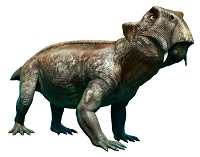
Fossil Record of Lystrosaurus
The fossil record of Lystrosaurus is quite wide, with fossils being found at key sites located in South Africa, China, and Antarctica. These fossils have provided insights into its anatomy, distribution, and the conditions under which it lived.
Techniques such as radiometric dating have been helpful in determining the age of these fossils.
The good quality of some fossil specimens revealed clues about the environment, such as soil type and climate conditions, offering a better understanding of its habitat.
Why is the Lystrosaurus Important?
Lystrosaurus is not just an interesting prehistoric animal but has turned its self into a cornerstone in paleontology. Due to its survival through the End-Permian mass extinction and its presence in the early Triassic, it serves as an invaluable index fossil, helping scientists date other geological layers.
For instance, its survival through a major ( the biggest) extinction event provides information on what traits and adaptations might contribute to the survival of species through ecological catastrophes – something perhaps we could all learn from in the near future!
Lystrosaurus in Popular Culture
Though not as famous as dinosaurs like Tyrannosaurus rex or Triceratops, Lystrosaurus has still found a place in popular culture and public imagination.
It is often featured in documentaries and educational materials that focus on prehistoric life and mass extinctions. Some museums also showcase Lystrosaurus fossils, giving the public an opportunity to connect with this extraordinary survivor of Earth’s turbulent past.
Most recently it has appeared in the Ark Computer games, as we take a quick look at below and in the Jurassic World Dominion movies taking on an Oviraptor – very successfully and very violently it has to be said! Video above
We have more facts here in our lystrosaurus article on the site as well.
Conclusion
Lystrosaurus was a prehistoric herbivore that lived during the Late Permian to Early Triassic periods. Measuring 2 to 2.5 meters (6.5 to 8.2 feet) in length and weighing between 150 to 200 kilograms (330 to 440 lbs), its size was comparable to a modern-day pig.
With a barrel-shaped body, short limbs, and a distinctive beak-like snout, Lystrosaurus primarily grazed close to the ground.
It survived the End-Permian mass extinction, one of Earth’s most catastrophic events, and became a dominant terrestrial vertebrate in the aftermath, earning its nickname as a “Triassic Survivor.”
References
- https://www.darwinsdoor.co.uk/feed/lystrosaurus-the-most-unlikely-undertherapsid.html
- https://www.darwinsdoor.co.uk/feed/lystrosaurus-the-most-unlikely-undertherapsid.html
- https://fossil.fandom.com/wiki/Lystrosaurus
- http://www.prehistoric-wildlife.com/species/l/lystrosaurus.html
Hi, I am Roy Ford a General Studies and English Teacher who has taught all over the world. What started as a fossil collection became a great way to teach, motivate and inspire students of all ages and all over the world about dinosaurs and from that and children’s love of dinosaurs came the site dinosaur facts for kids, a resource for all ages.


